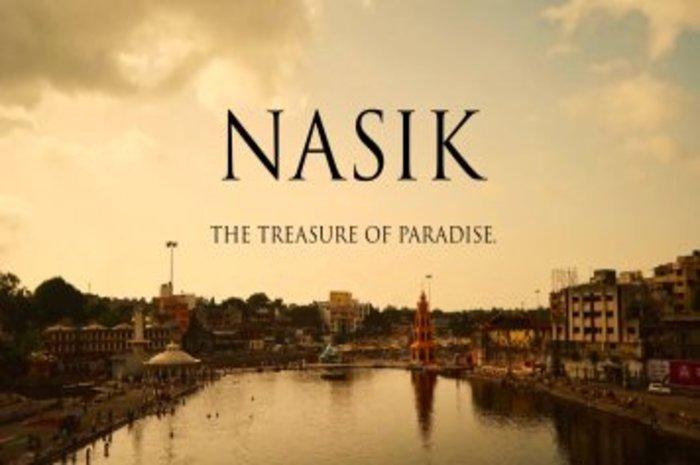Pune Nashik Tour
Pune-Nashik(1N)--Pune(1N)--Pune(0N)--3D

Pune Nashik Tour 2N3D
Nashik:
Nashik is one of the most important cities of Northern Maharashtra. Nashik, in Maharashtra, is situated at a distance of 200 km from Mumbai (Bombay) as well as Pune. The city has become the center of attraction because of its beautiful surroundings and cool and pleasant climate. Nashik has a personality of its own due to its mythological, historical, social and cultural importance. The city, vibrant and active on the industrial, political, social and cultural fronts, has influenced the lives of many a great personalities. The river Godavari flows through the city. Temples and ghats on the banks of Godavari have made Nashik one of the holiest places for Hindus all over the World.
Pune:
Pune is a vibrant metro city in Maharashtra, a hub of education, industry, information technology, entertainment, and so on. But what makes Pune still more significant is that it is a place from where you can plan several exciting trips to hill-stations, forts, and places of pilgrimage, not to forget an adventurous package too. Apart from the many interesting places just beyond the city limits of Pune, such as the Sinhagad Fort or the backwaters of the Khadakvasla Dam, tourists always make it a point to visit the twin hill-stations of Lonavala and Khandala for its bracing weather and the wonderful views you get of the valley and the snaking highway that leads to Mumbai. Distance from Mumbai: 150 kms How to reach Air There are direct flights from Mumbai airport to Pune. Rail There are many trains which connect Mumbai to Pune. The train journey is very convenient and goes through the scenic Khandala ghats. Road These two cities are very well connected by road. There are State transport buses as well as private buses which ply between Pune and Mumbai. The expressway has reduced the travel time between the two cities by approximately two hours. The expressway starts at Kalamboli (near Panvel), and ends at Dehu Rd. (near Pune).